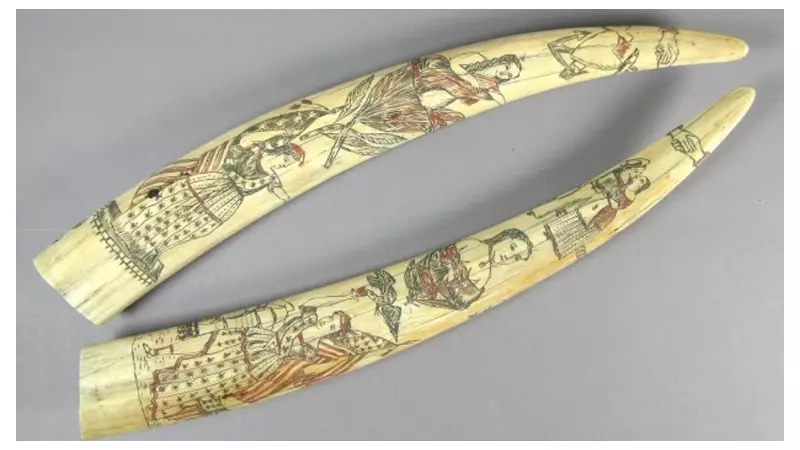
In what authorities are describing as an exceptionally bold criminal operation, thieves have made off with more than a thousand precious items from a museum collection in a meticulously planned overnight raid.
The scale of the theft has left museum curators and law enforcement officials reeling, with early reports suggesting the perpetrators displayed remarkable sophistication in bypassing security systems. The stolen collection represents a significant cultural loss, comprising artefacts that held both historical importance and substantial monetary value.
Precision Operation Under Cover of Darkness
Investigators believe the heist was executed with military-like precision during the night hours when the museum was at its most vulnerable. The criminals appear to have conducted extensive reconnaissance of the premises beforehand, identifying security weaknesses with alarming accuracy.
Initial assessments indicate the thieves targeted specific items rather than conducting a random grab, suggesting they possessed either insider knowledge or specialised understanding of the collection's most valuable pieces.
A Devastating Cultural Loss
Museum directors have expressed profound distress at the disappearance of irreplaceable historical objects that formed part of the nation's cultural heritage. The stolen items ranged from ancient artefacts to more contemporary pieces of significant artistic merit.
Curators are currently working through inventory records to establish the full extent of the loss, a process expected to take several days given the sheer volume of missing items.
International Alert Issued
Law enforcement agencies have launched an international appeal for information and have alerted art dealers, auction houses, and border authorities across Europe to be vigilant for the stolen goods. The sophistication of the operation suggests the items may be destined for the black market or private collectors with questionable ethics.
Police are reviewing CCTV footage from surrounding areas and conducting forensic analysis at the scene, though early indications suggest the thieves left minimal evidence of their identity.
This represents one of the most significant museum thefts in recent British history, raising serious questions about security provisions for cultural institutions housing nationally important collections.





